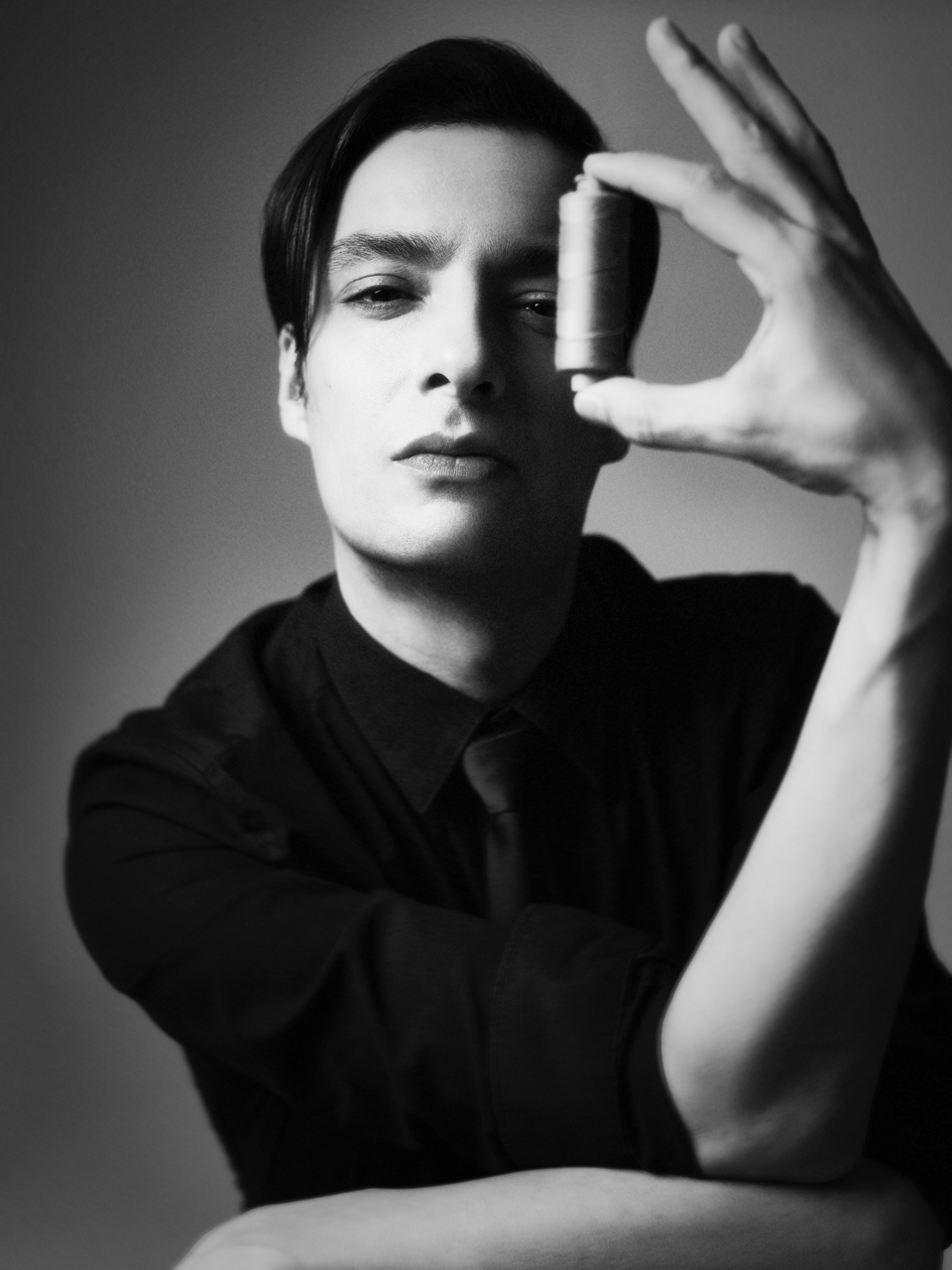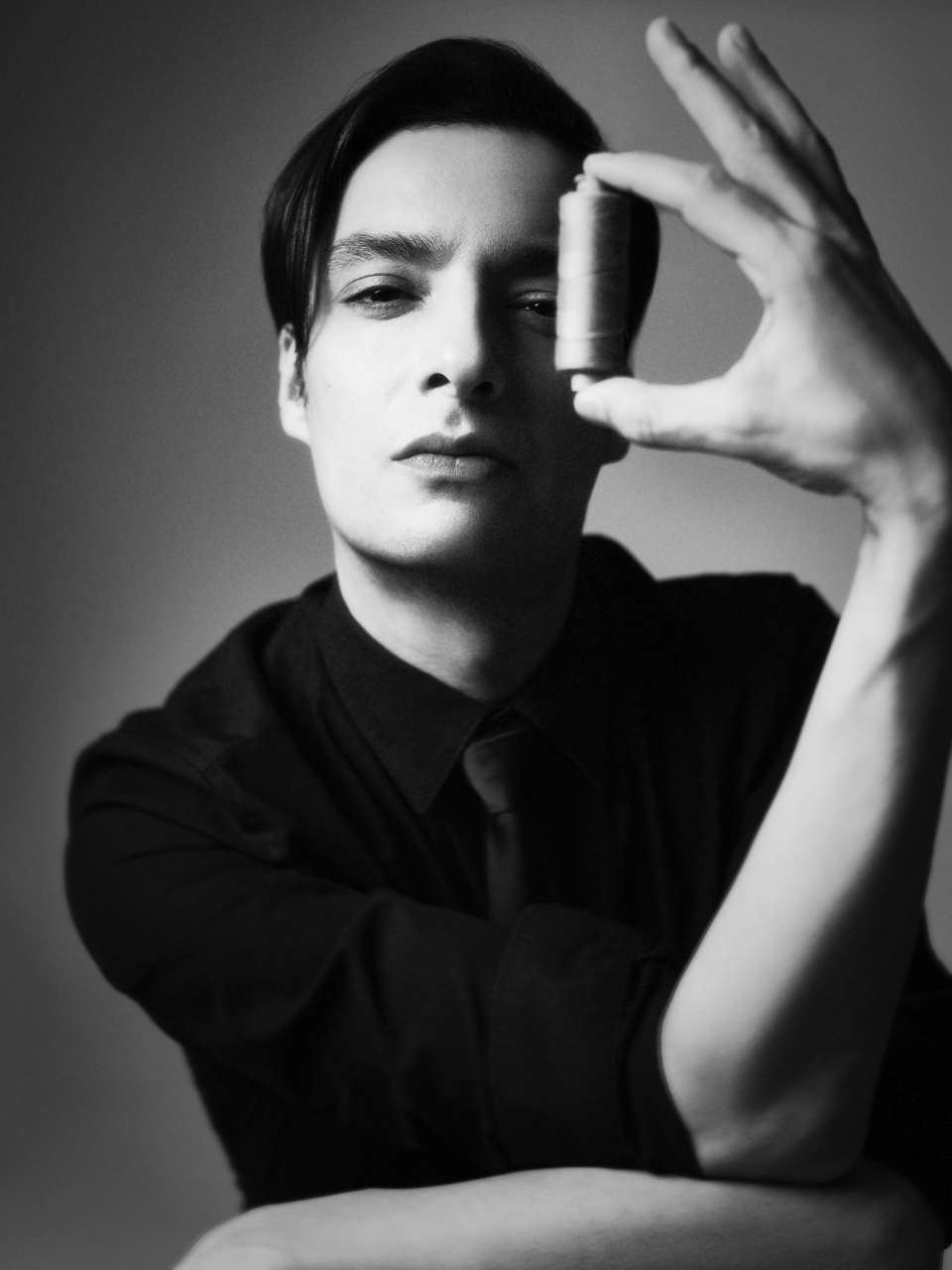
- Fashion
Mohamed Benchellal Talks About His Creative Process

Award winning fashion designer Mohamed Benchellal has already proven himself to be at the vanguard of today’s couture world dressing the likes of Sharon Stone, Her Majesty Queen Rania of Jordan, as well as Iris Apfel – for her 100th Birthday. Combining fearless extravagance and timeless class, his designs reflect the perfect symbiosis of his Moroccan heritage and his European upbringing. Brought up in a small town not far from Amsterdam, Benchellal realized fashion was his calling quite early in his life.
With a very idiosyncratic path and a firm belief that there is still much more to achieve, including Costume Design, Mohamed Benchellal agreed to an interview over zoom, to expand more on his creative process.
After high school you went straight to Fashion school? What gave you the certainty that was the career you should pursue?
My grandparents worked with textiles, and I was fascinated with the work. The machines, the noise, the fabrics, it all intrigued me. I used to go to my room and sew my clothes in different ways. Most people are attracted to the glamour of fashion, I was always mostly interested in the technique. Also, at seventeen, while at school, we were asked to do a presentation on a topic of our choice. I didn’t hesitate. Mine was about fashion. It was obvious, it would be my career choice.
What happened after you graduated from Fashion school in Amsterdam?
I worked for a few Designers, but I struggled with the process. Soon after, I connected with the performing arts, and I used my creations as canvas. There were projections on my designs. The dresses were art pieces. I traveled the world with the show. From China to the USA, I captured every experience.
You never pursued the conventional Fashion Designer’s roadmap. Why?
I never had a roadmap. Against all advise, I have no clue where I will be in five years. I have always followed the organicity of my process. I believe fashion is art. For me, it never made sense to do collections. First, you need a lot of money to be in that race. I didn’t have it and I didn’t want an investor. I wanted to keep full creative power. But I also believe that a dress is something personal. It enriches and empowers a personality. For me it’s
important to know the person I will dress, the body shape, the character. That’s when the best creations come up. Fashion is personal. I was never really interested in mass production. For me, money is a tool not the goal.

You are known as the trailblazer for sustainable fashion. Was that intended?
No. I started working with the leftovers and deadstock out of necessity. I would go to the markets that would sell these and design with what I had available. But I never changed it. I keep doing things that way. It’s a great challenge to make the ordinary look extraordinary and the cheap expensive. I thrive on that.
What are for you the essential elements of great fashion design?
There are three: a sculptural cut, volume and balance.

When do you know a dress is ready?
I close the door of my atelier for the day. If, in the next morning, when I open the door I have a smile on my face, it’s ready. If I feel the dress is still asking questions, I keep going.

You have already achieved great success in your life. What’s next?
Success didn’t come overnight for me. I was always very grounded and took thinks slowly. It was very organic. I want to inspire people. I want to do some exhibitions. I would also like to delve into costume design for movies. I have a cinematic eye. The big screen and its stories portray women in iconic ways. It would be an opportunity to do a show within a show, something that interests me.